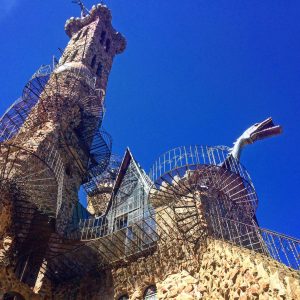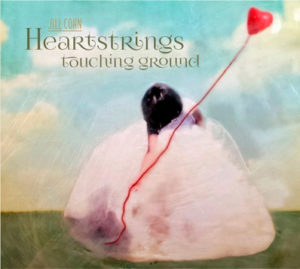By Mike Rosso
Last night I began watching the Netflix series Wild Wild Country, a six-part documentary on the Rajneesh commune in rural Oregon in the early 1980s.
This story has fascinated me since those early days as I had a friend in Durango who fell in love with a member of that cult, began dressing in various shades of red and orange, sold all of his belongings, and moved to Oregon.
It was the 1980s and Ronald Reagan was president. The political winds had shifted dramatically from the previous two decades, and the threat of nuclear war was pervasive. There was also the Three Mile Island disaster, and it appeared that many were seeking some kind of meaning to life in this seemingly perilous modern age. Former hippies were trading in beads for BMWs and the era of the televangelist was on the rise.
Living in remote mountain towns helped shield a few of us from the uncertainties of modern society, so it was curious when my friend opted to leave rural life to join the commune. (In later years, Durango did embrace the New Age movement and had a local fellow who publicly channeled an ancient warrior called Zoosh.)
Soon we began to learn more and more about the Bhagwan Shree Rajneesh and his appetite for Rolls Royces and female members of his cult. I started spotting red-clad disciples in airports and West Coast cities, wearing photos of the Bhagwan around their necks, looks of pure bliss upon their faces.
[InContentAdTwo] I’m not much drawn to organized religion. Growing up with Catholic mass, and its emphasis on guilt, left me cold. As soon as I was given the option to not attend, I seized it. For me, church consists of a quiet spot by a forest creek, sunshine filtering through majestic spruce and aspen trees. There I feel closest to the concept of a Creator.
But I fully understand others’ need for faith, and the security that comes from a belief in a supreme being and the comradeship of a church parish.
I do take exception to the multitude of religious charlatans such as James Dobson of Focus on the Family, whose agenda seems more about accumulating wealth and dividing the citizens of this country into believers and nonbelievers. Or the fundamentalists who continue to support this current immoral POTUS, seemingly because of their obsession with abortion and his willingness to pick a Supreme Court nominee who will reverse Roe v. Wade. His sins seem to not matter to them one whit.
But back to the Bhagwan. Even then, many of us were amazed at the ability of one man to hold such sway over so many believers or “sannyasins.” Tales of open sex, the fleet of 94 Rolls Royces, purchased with the life savings of the Bhagwan’s followers, plus the apparent busing in of homeless to stuff ballot boxes in local elections, puzzled us nonbelievers. It wasn’t so many years before when 918 followers of Jim Jones’ Peoples Temple in Jonestown decided that poisoned Kool-Aid was their stairway to heaven.
The Bhagwan ecstasy finally hit the fan in 1984 when the first bioterror attack on American soil occurred – an outbreak of salmonella in the town of The Dalles, Oregon – and was traced to some of the higher-ups in the Rajneesh commune.
Eventually the Bhagwan pled guilty to nearly 40 counts of immigration fraud, and was deported to India, where he died in 1990. The commune was deserted and the Rollses sold off, but the Rajneesh movement is still alive and well worldwide.
Is there is any lesson to be drawn from this? Maybe it’s to never underestimate the mass appeal of any one individual who preys on people’s hopes and fears, and channels them for their own nefarious goals.
Where’s Zoosh when you need him?


